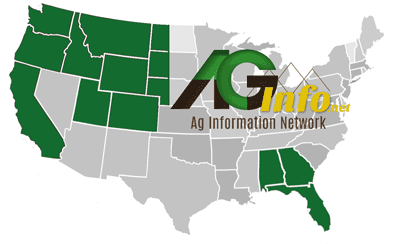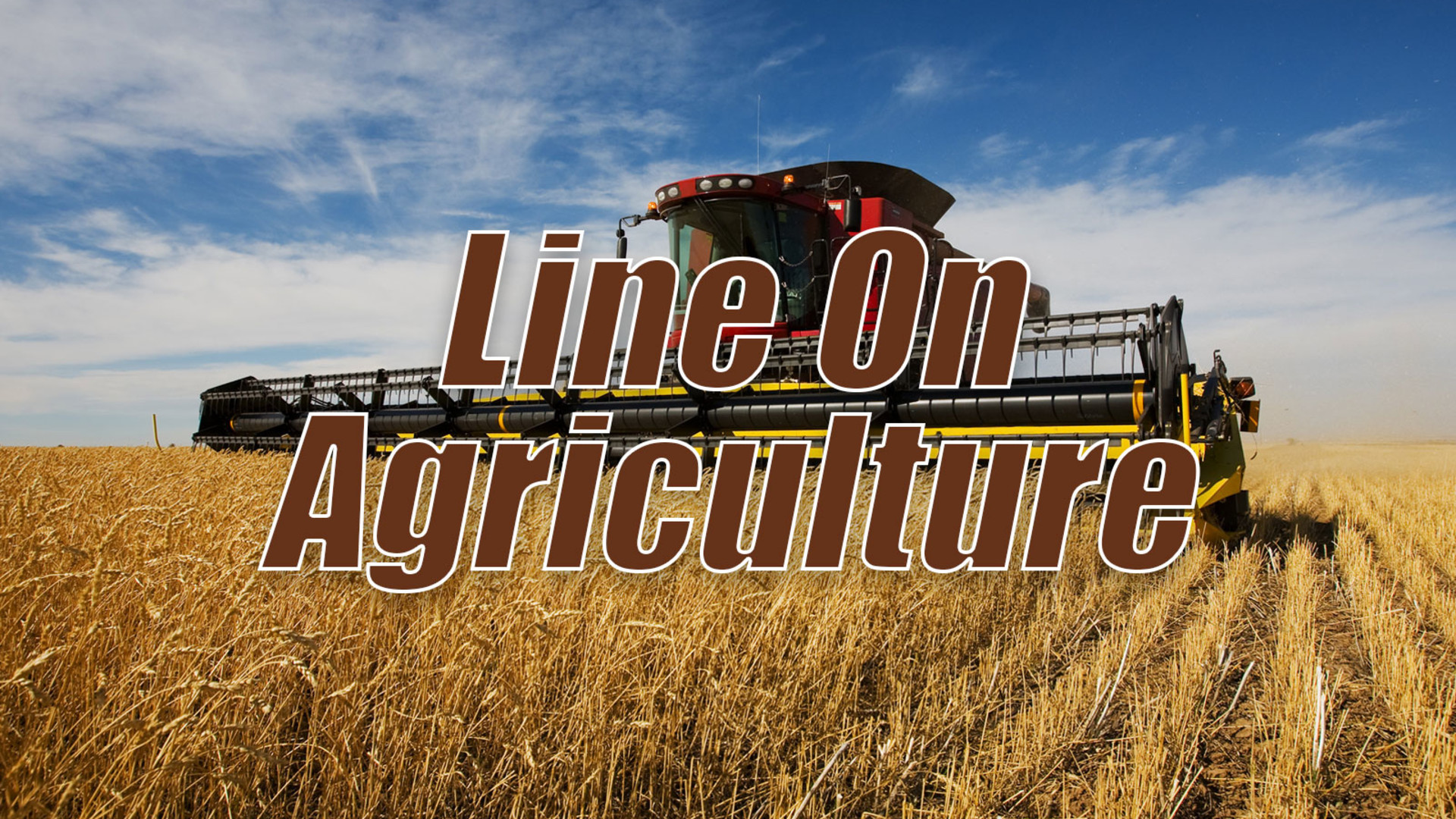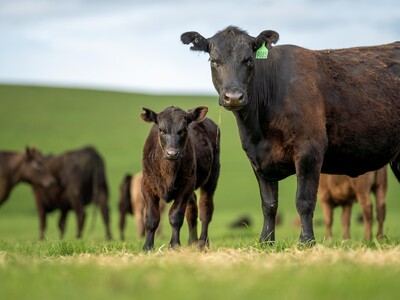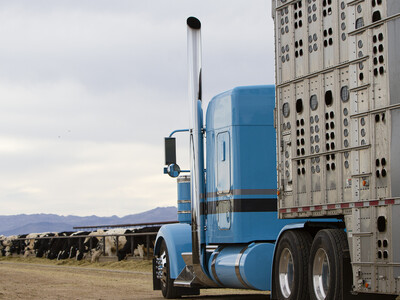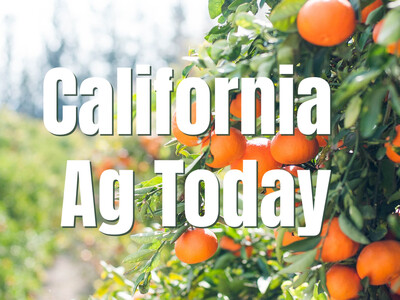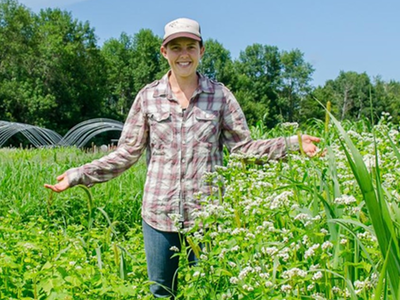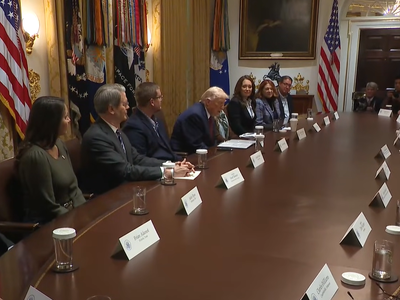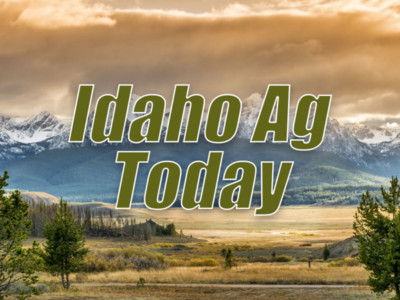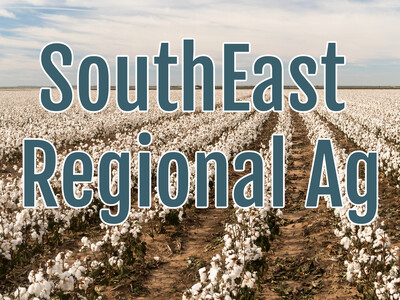Feeding a Hungry World
Feeding a Hungry World. I’m Greg Martin with today’s Line On Agriculture.
How do we feed a hungry world? Whose responsibility is it? Those are questions that probably don’t have really good answers but Agriculture Secretary Tom Vilsack spent some time reflecting on the issue.
VILSACK: Making sure that everyone in the world has enough to eat each day – is one of the most serious challenges of our time. Around the globe hundreds of millions of people go hungry each year and the challenge of feeding a growing global population with an expanding middle class will only become more difficult in the years ahead.
The United Nations says that 925 million people were undernourished last year. And looking forward, the global population is on the rise and most estimates suggest that we will have to produce 70% more food by 2050 to meet growing demand.
VILSACK: As Americans, our sense of morality should not let us tolerate that these people are going hungry, whether at home or abroad. And hungry people abroad can mean unstable governments, threatening our national security. I believe that the solution to global food security lies in innovation, and agriculture so that supply can reach demand. Over the past century American farmers and ranchers have embraced science and new technology to become more and more productive, and today we can help other developing nations make the same sort of progress.
He said that two years ago, world leaders got together and pledged to increase investments in agriculture development.
VILSACK: In the United States we followed through on a commitment made by world leaders 2 years ago to increase investments in global agriculture. Feed the Future, a presidential initiative focused on raising the productivity and incomes of small farmers around the globe, engages with countries to develop strategies to fit their individual needs. USDA has worked with federal and international partners to help farmers produce more without sacrificing natural resources and to promote targeted research and build efficient markets.
He says that research is being focused on toughest challenges in global agriculture: like developing crops that are tolerant to heat, disease, pests, drought or flooding.
VILSACK: These efforts to feed the hungry people provide children with the opportunity for a brighter and more productive future. This affects not only the individual child, but the community where that child is raised, the country where he or she lives, and the entire world. This is a moral issue. And we are proud to be engaged – alongside American producers and researchers – in work that gives children around the world an opportunity to follow their dreams.
Vilsack will lead the U.S. government's delegation to the G-20 Summit of Agricultural Ministers in Paris on June 22 and 23. The focus of the summit is on international efforts to ensure global food security.
That’s today’s Line On Agriculture. I’m Greg Martin on the Ag Information Network.
